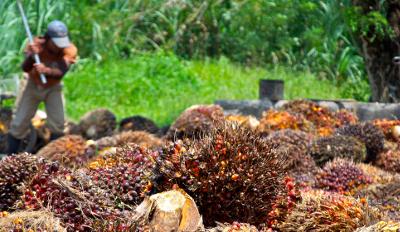
The U.S. has one of the most powerful tools for preventing the import of goods made by forced labor: the Tariff Act. Yet, Section 307 of the Tariff Act is rarely enforced. In its new report released today – “Combatting Forced Labor and Enforcing Workers’ Rights Using the Tariff Act” – the International Labor Rights Forum explains why and offers recommendations for improvement.
An estimated $150 billion in profits are generated each year off the backs of the men, women, and children who are forced to work and the U.S. has a legal instrument for stopping consumer complicity in these crimes. In 2015, the U.S. government reformed a ninety-year-old law, Section 307 of the U.S. Tariff Act, to extend the scope of its prohibition of forced labor-made goods coming into the United States.
“Through the Tariff Act the U.S. has the capacity to make an enormous impact in combatting forced labor, but the lack of clear evidence standards and transparency by Customs and Border Protection is diminishing its potential impact.” said Esmeralda Lopez, Legal and Policy Director of the International Labor Rights Forum (ILRF) and author of the briefing paper.
ILRF has advocated for improvements to the Tariff Act and submitted allegations to protect victims of forced labor in Malaysia’s palm oil industry, the cotton industry in Turkmenistan and Uzbekistan, among others.
The Tariff Act could be used to combat trafficking of the widely reported cases of men and boys in the seafood industry, or the system of forced labor camps in Xinjiang, China, which have produced apparel entering the United States.
“The U.S. has the power and responsibility to send a strong message that we will not be complicit in a forced labor economy,” said Judy Gearhart, Executive Director of ILRF.


